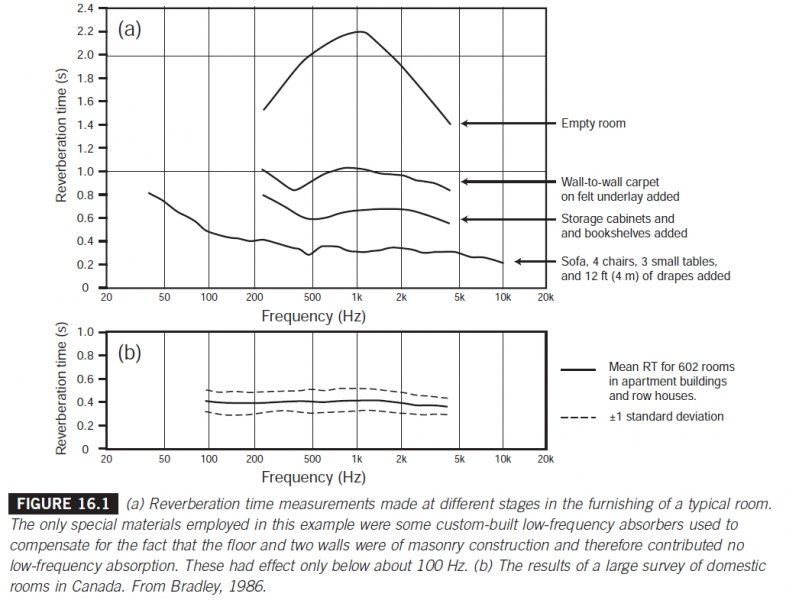I don't understand why some audiophiles would suggest that NO room treatment works best.
It seems to me that unless your speakers are really far from surfaces that absorption should be used. When I listen to headphones there are no surface reflections; I'm hearing what's on the recording and nothing more. When I listen to speakers, I'm hearing room reflections. How can this be good? Are speakers designed with this in mind and if so, how?
It seems to me that unless your speakers are really far from surfaces that absorption should be used. When I listen to headphones there are no surface reflections; I'm hearing what's on the recording and nothing more. When I listen to speakers, I'm hearing room reflections. How can this be good? Are speakers designed with this in mind and if so, how?


